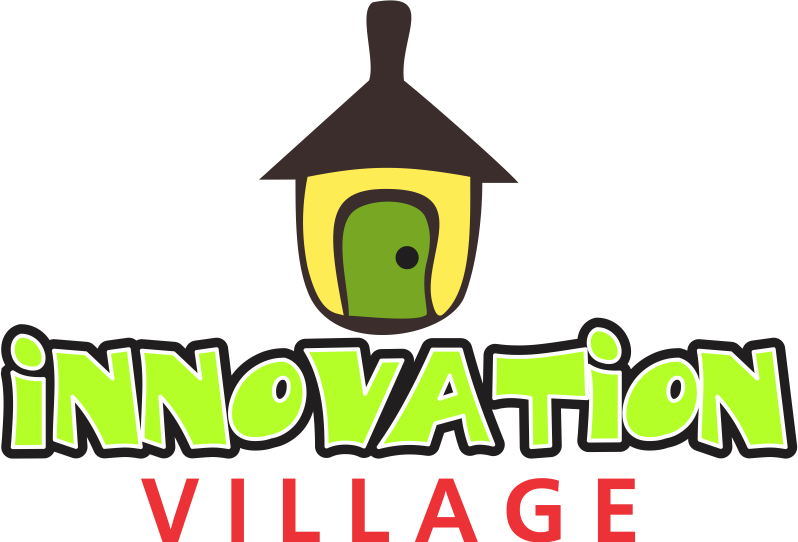In the ever-evolving world of digital art, one trend has gone viral in what seems like an instant: AI-generated art that mimics the whimsical style of Studio Ghibli. For many Nigerians, especially young illustrators building their craft on platforms like Instagram, the rise of this AI-powered aesthetic raises an urgent question: will machines steal the jobs of people who spent years learning this art form instantly?
Ghibli AI: Fast and Free
Type in “a peaceful Nigerian village in Ghibli art style” into an AI art generator like Midjourney or DALL·E, and within seconds, you’ll have the mimicry of a hand-painted image. The colors are soft. The landscapes are meant to seem dreamy, and all this is created with no brush, no pen, and no artist.
This kind of content floods social media quickly. It’s trending, it gets likes, and it doesn’t cost anything. But behind the pretty visuals is a deeper concern: if this art style can now be replicated by anyone with a prompt, what happens to the artists who trained for years to produce it?
Nigerians Caught Between Admiration and Outrage
For many Nigerian creatives, especially on Twitter, the appeal of Ghibli-style art is nonexistent. While non-creatives utilize this feature for fun, generating what they believe is nostalgic, calming, and visually rich, artists everywhere shake their heads at the perceived injustice.
Some local artists report clients asking them to “make something like this AI piece” but for a fraction of the price. Others are seeing their original art compared unfavorably to free, AI-generated versions on social media.
Does AI Really Understand Ghibli?
Here’s the thing to give artists some peace, while AI can imitate the look of Ghibli, it doesn’t understand the soul of it. Studio Ghibli’s magic has emotion, culture, and storytelling. It evokes feelings of childhood, the stillness of nature, and the dignity of everyday people.
AI art often lacks that depth. It can reproduce color palettes, mimic visual tropes—but it doesn’t know why they matter. Most AI pieces can be spotted for their lack of soul, and Nigerian illustrators who bring their culture, emotions, and identity into their work will always be superior.
Embracing the Tools Without Losing the Artist
Rather than fighting AI, some artists are finding ways to work with it. They use Ghibli-style AI as mood boards, inspiration starters, or even as part of their process. The key, they say, is not to compete with the machine, but to offer the nuance and emotion it cannot.
In the long run, clients and audiences will still crave work that feels real. And that authenticity, rooted in lived experiences, cannot be mimicked by AI
The Future of Nigerian Ghibli Illustration
Ghibli-style AI art is not going away, but neither is the human need for meaningful creativity. Nigerian artists may feel the pressure now, but those who adapt, innovate, and continue to build communities around their work are more likely to thrive.
So what do you think of Ghibli-style art? Is it something you trust in? Let us know down below.


